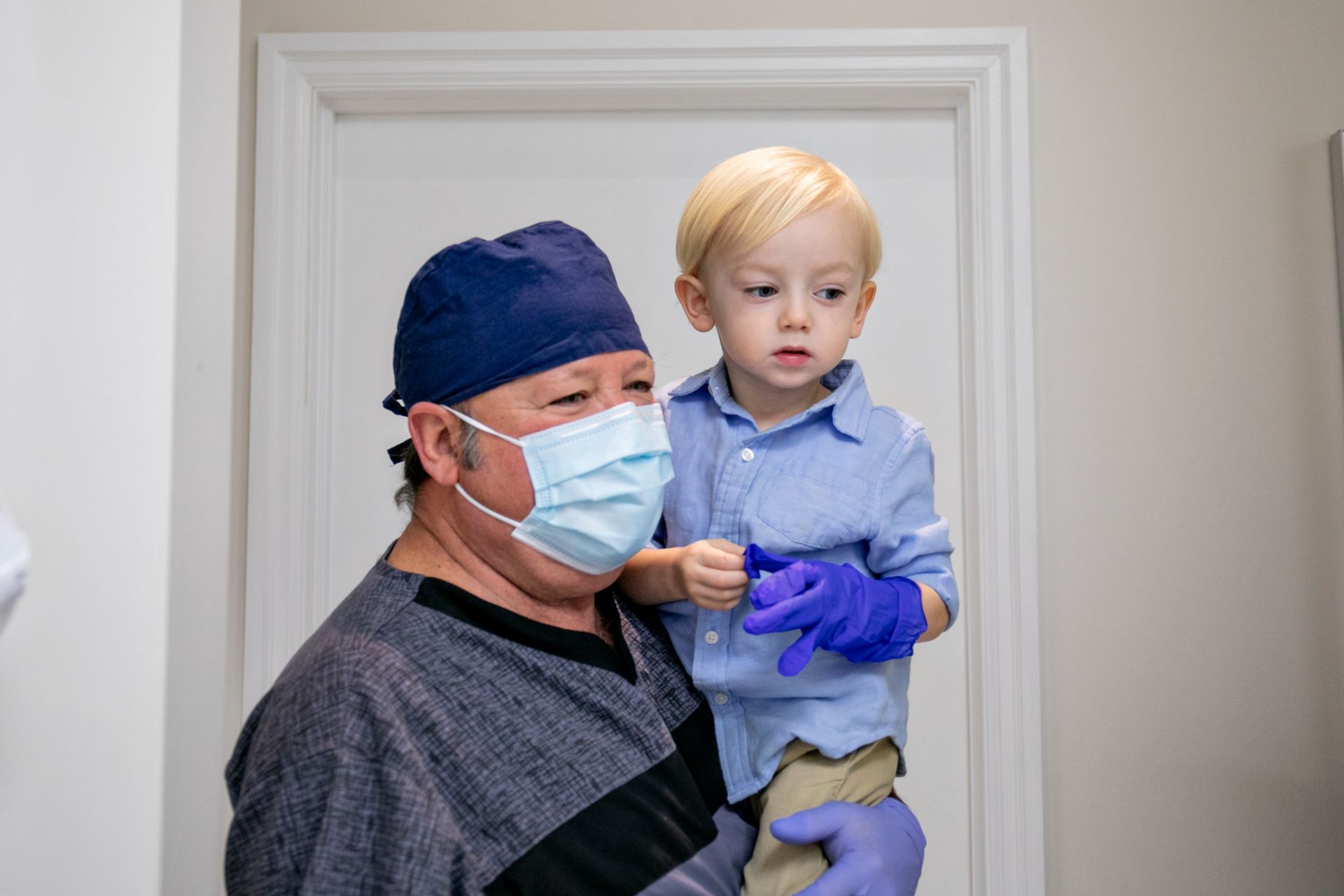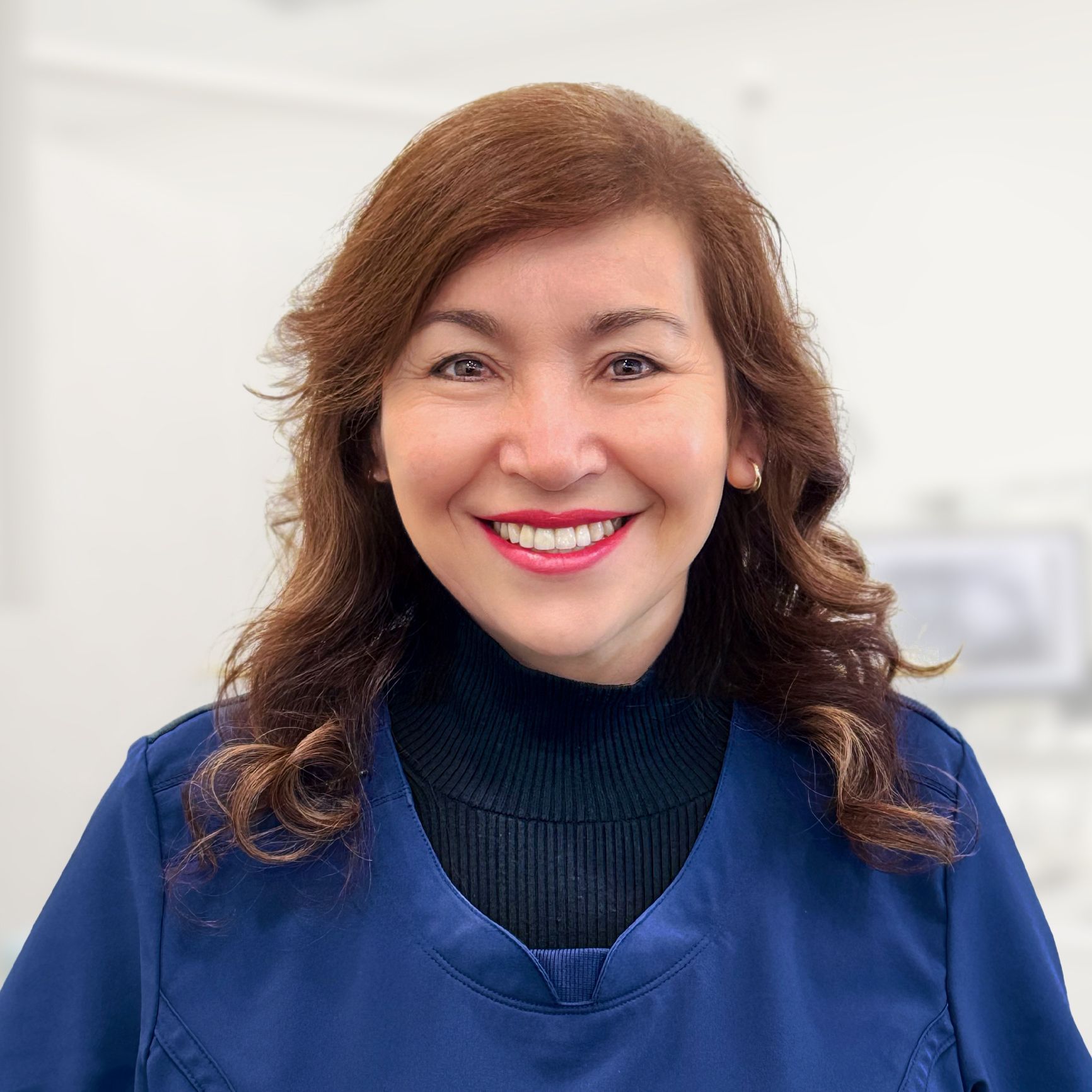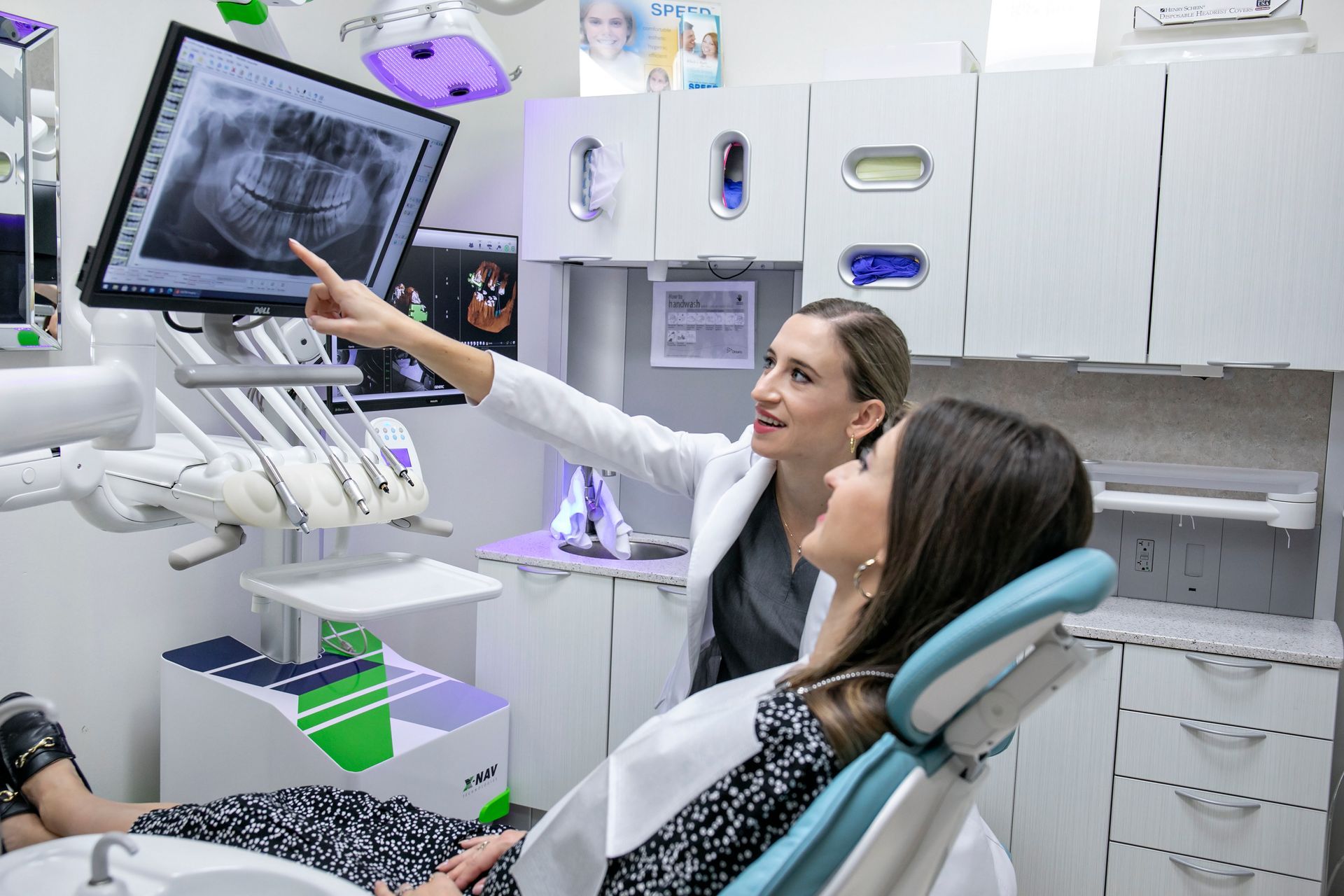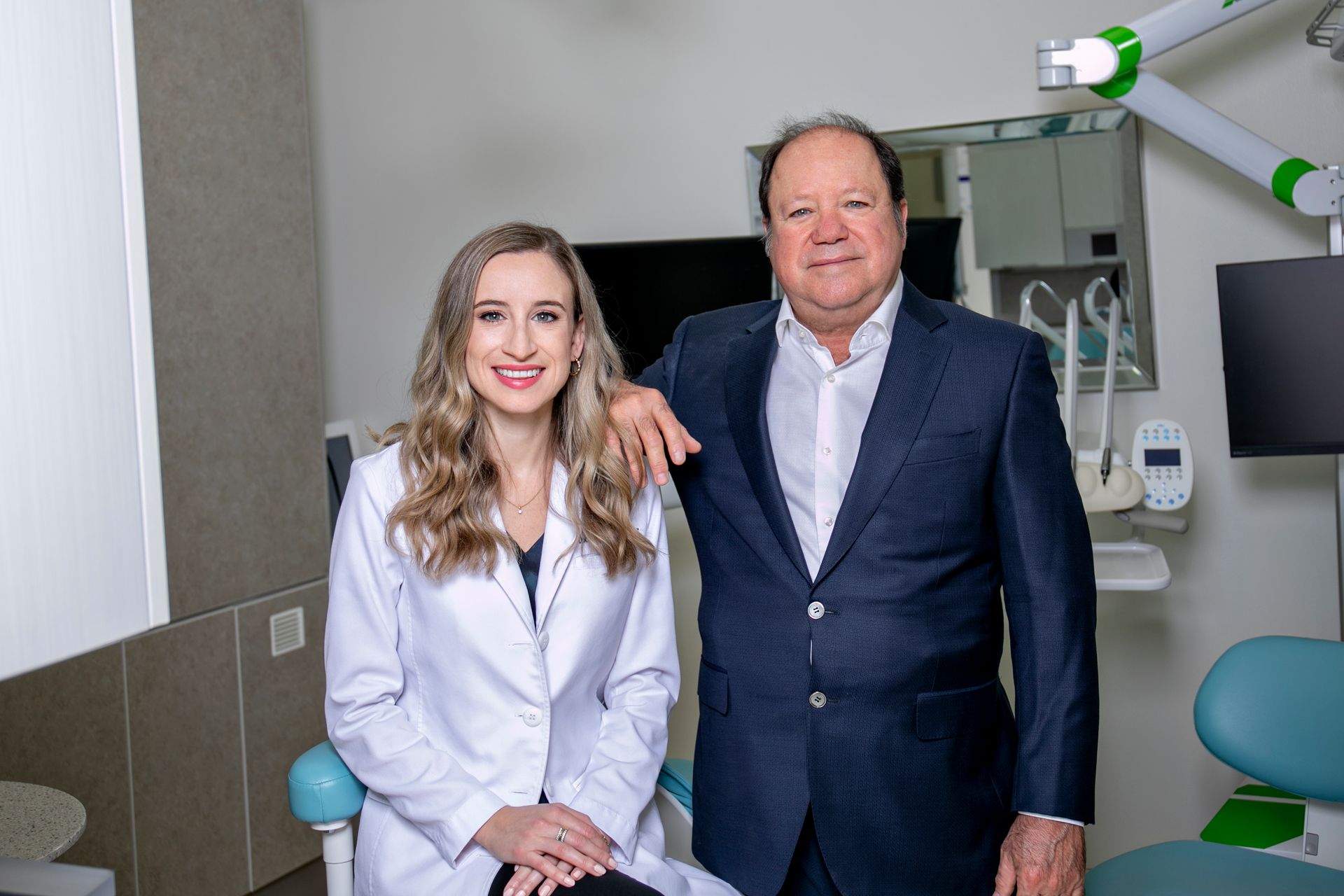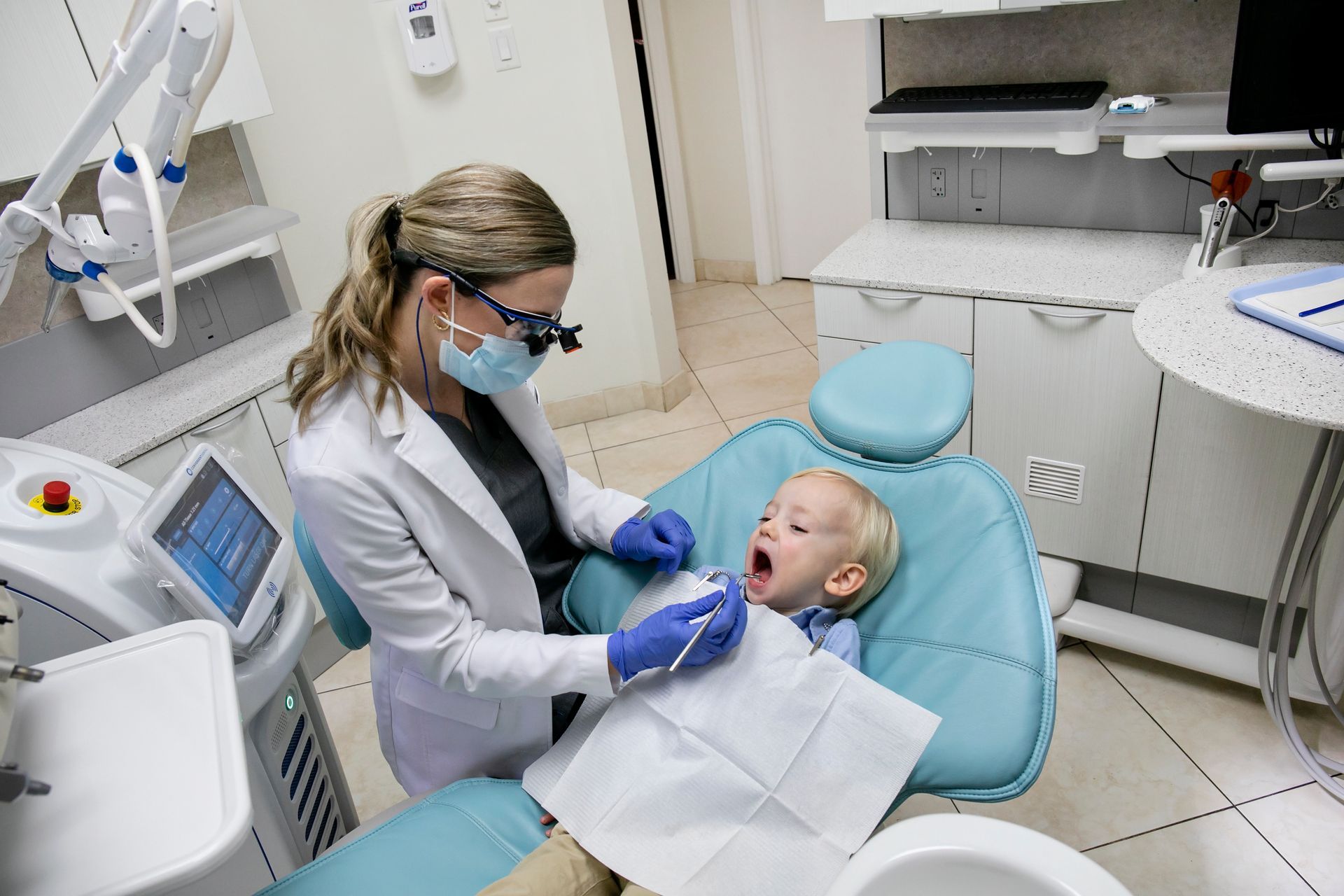DR. RAMIREZ KITCHENER DENTAL IMPLANTS
Restore Your Smile with Precision and Care
CALL +1(519) 748-2524
Dental Implants: The golden standard of treatment for replacing missing teeth.
At Ramirez Dentistry, we specialize in implant dentistry, the gold standard for replacing missing teeth. Dental implants not only restore the look and function of your natural teeth but also improve your confidence, oral health, and quality of life.
Dental implants are a durable and natural-looking solution for missing teeth. Unlike other treatments, implants provide unparalleled stability, preserving the health of your jawbone while offering a long-term replacement option that looks and feels like your own teeth.
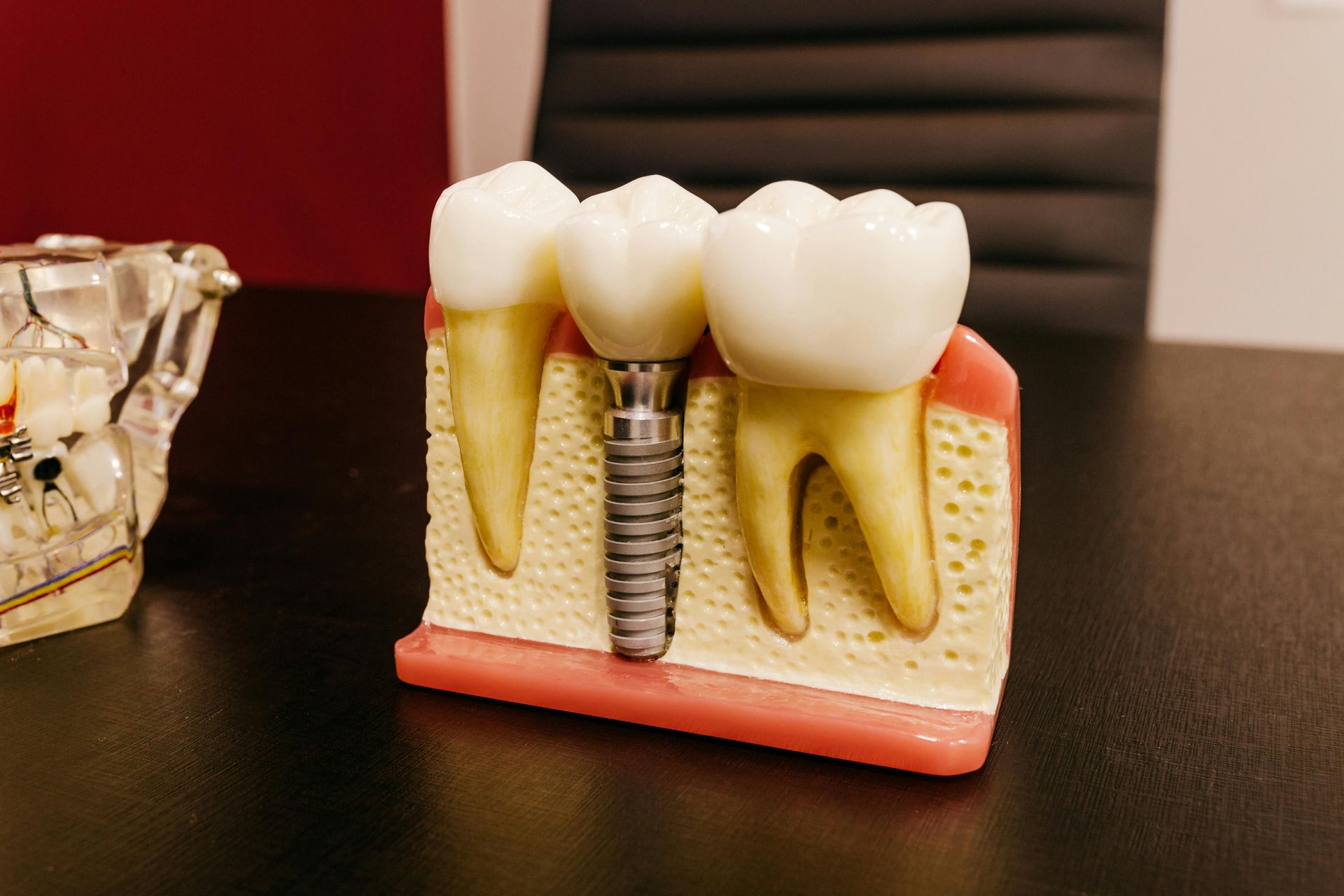
Benefits of getting dental implants

Durability
Dental implants offer long-lasting results that often outlive other treatments, ensuring your investment in your smile pays off for years to come.
Preservation of Jawbone
Dental implants help prevent bone loss and maintain your facial structure, ensuring your smile remains youthful and vibrant.


Aesthetic Appeal
With dental implants, you can restore the natural look and feel of your smile, enhancing your confidence and overall appearance.
Guided Implant Surgery with
X-Nav® Guide
We place implants using the X-Nav Guide, a revolutionary system that ensures the highest level of accuracy during your procedure.
How it works:
01
3D Imaging and Planning:
We create a detailed 3D model of your jaw using advanced scanning technology, considering bone density, vital structures, and final aesthetics.
02
digital navigation:
The X-Nav system provides real-time guidance, ensuring implants are placed with millimeter-level precision.
03
flawless exectution:
With this technology, even complex cases are performed with unmatched accuracy, minimizing risks and optimizing long-term success.
Explore Your Implant Solutions:
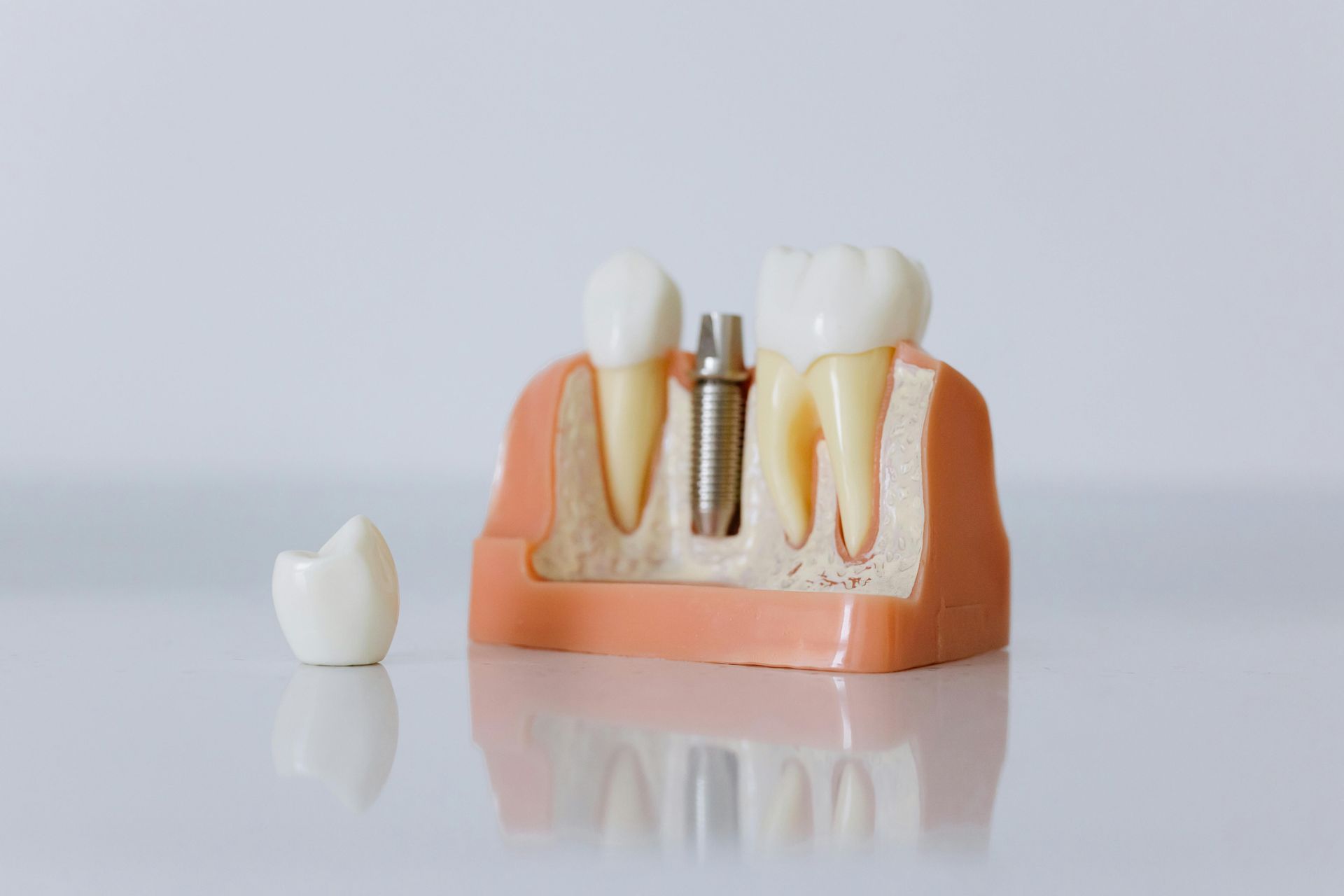
• Replace a single missing tooth with precision.
• Maintain natural function and appearance.
• Easier to clean and maintain compared to bridges.
Single-Tooth Dental Implants
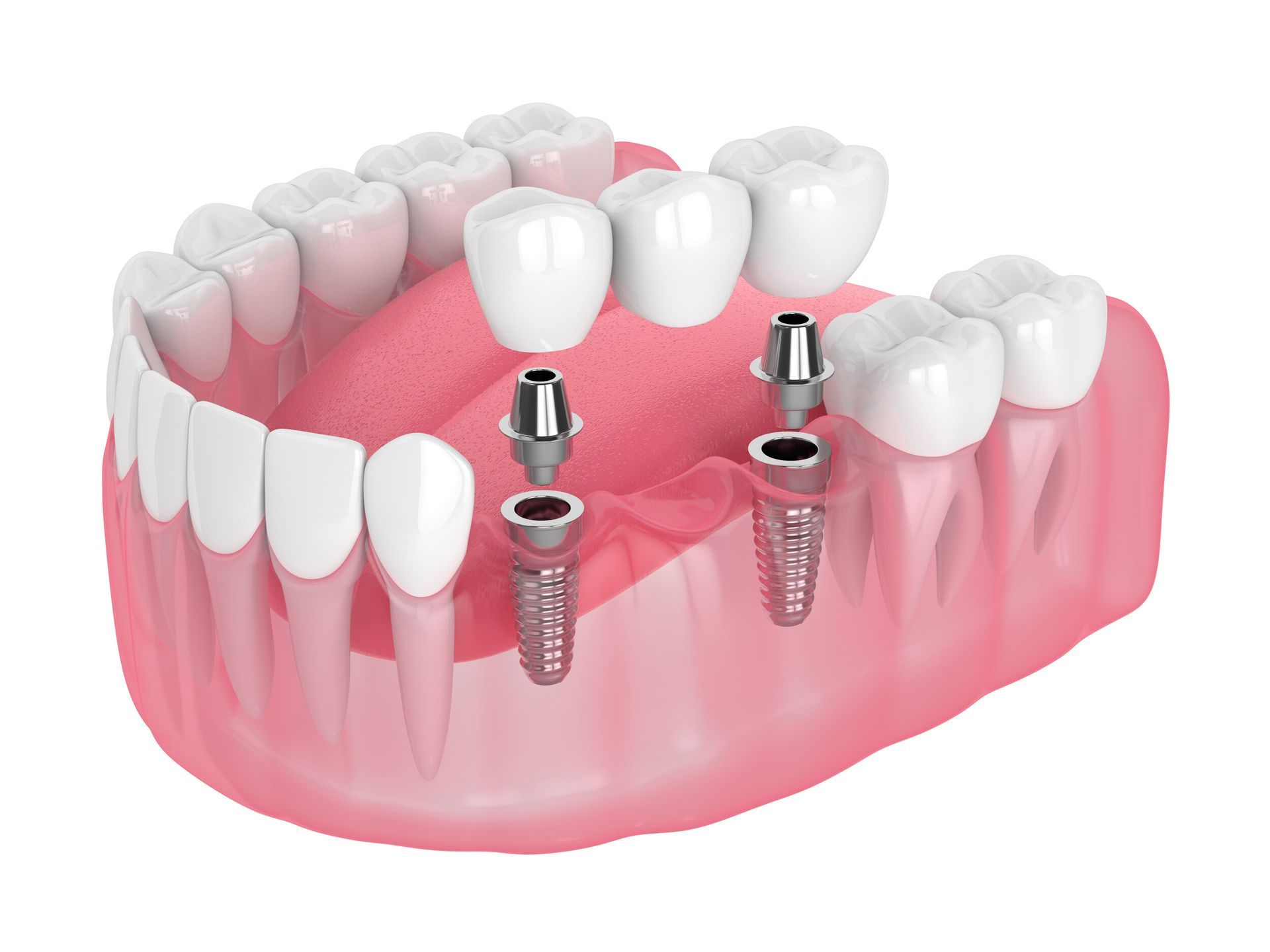
• Close gaps caused by multiple missing teeth.
• Strengthen adjacent teeth while restoring your smile.
• Comfortable and visually appealing for improved confidence.
Implant-Supported Bridges
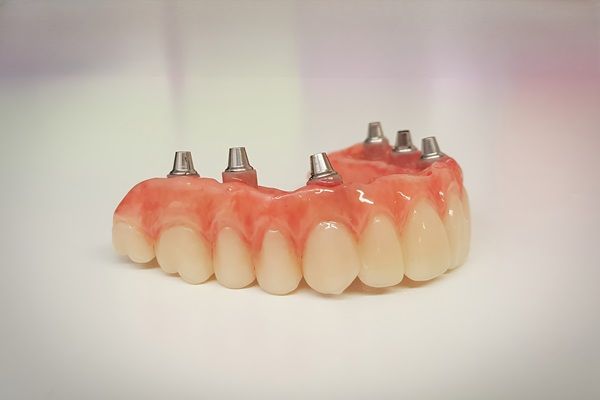
• Custom-fitted for maximum comfort and function.
• Restore full or partial sets of teeth.
• Improve speech, chewing, and the overall appearance of your face.
Implant-Supported Dentures
Take the first step to a restored smile
Don’t let missing teeth hold you back. Schedule a consultation with Ramirez Dentistry today to learn how dental implants can transform your smile and your life.
Visit Us
Your Smile Awaits!

